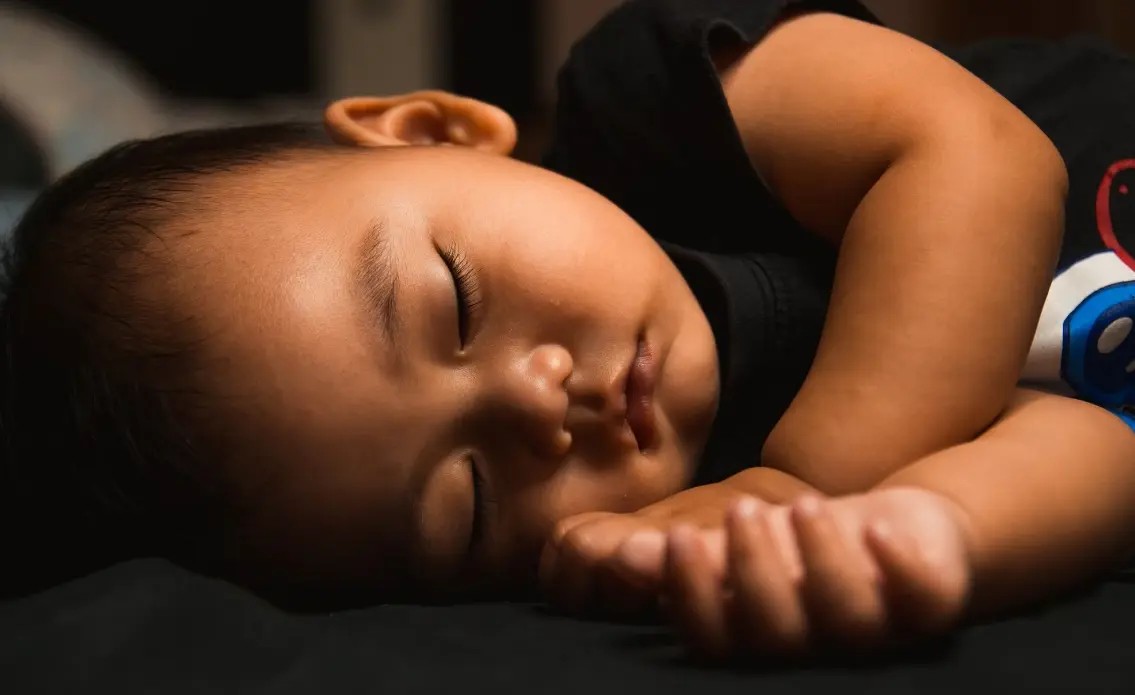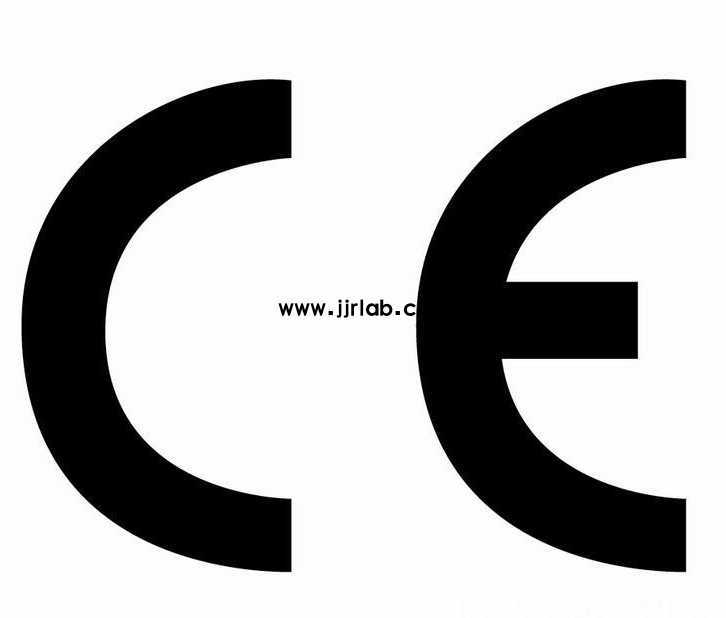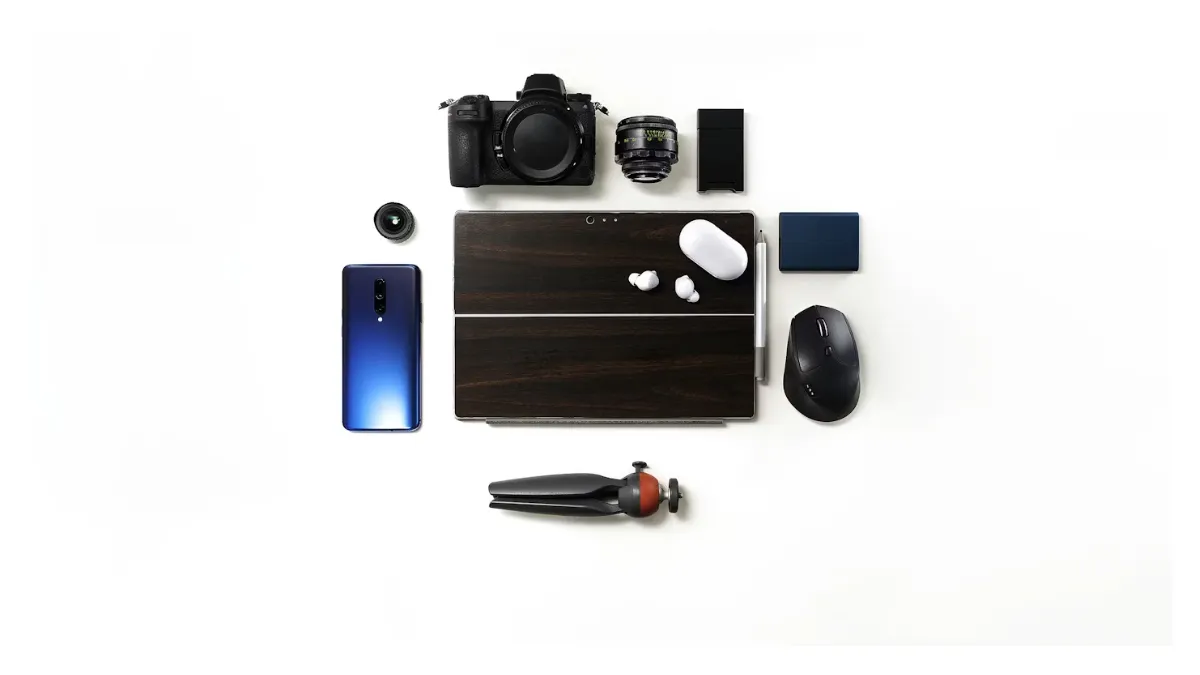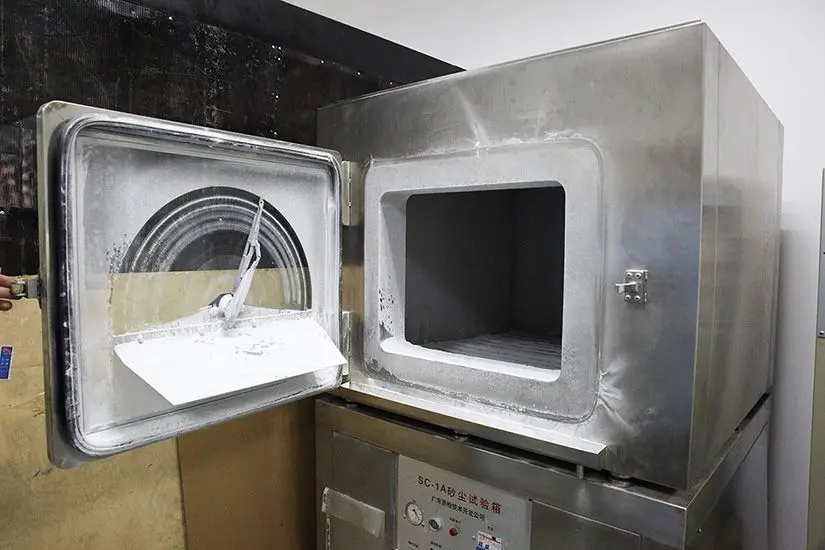
EN 71 Certified (EN 71-15/16/17:2025)
On February 26, 2025, the European Committee for Standardization (CEN) released three brand-new toy testing method standards: EN 71-15:2025, EN 71-16:2025, and EN 71-17:2025. These standards aim to further strengthen the regULation of hazardous substances in toy materials and strictly implement the limit requirements outlined in Annex II, Appendix C of the EU Toy Safety Directive 2009/48/EC.

According to the directive, all CEN member states must incorporate these three standards into their national standards systems by the end of August 2025, while simultaneously repealing any existing conflicting standards.
Overview of the New Standards
EN 71-15:2025 – Toy Safety – Part 15: Formamide Content in Foamed Toy Materials
Background:
Formamide, a blowing agent that may remain as a residue in foam production, poses neurotoxic and reproductive health risks. Prolonged exposure to formamide can lead to irreversible harm to children's health. This standard imposes strict limits on formamide content in foamed toy materials, such as foam plastics and sponges.
Scope of Application:
1. Toys intended for children under 36 months
2. Toys intended to be placed in the mouth
3. All toys containing foamed materials, such as puzzle mats, toy sofas, stuffed toys
4. Children's products made using foam processes, such as helmet linings
Limit Requirement:
The total content of formamide in foamed toy materials must not exceed 200 mg/kg (0.02%). If the content exceeds this limit, the material must comply with the emission restrictions specified in Annex II, Appendix C of the Toy Safety Directive 2009/48/EC.
EN 71-16:2025 – Toy Safety – Part 16: Certain Chlorinated Phosphate Flame Retardants in Toy Materials (TCEP, TCPP, TDCP)
Background:
Chlorinated phosphate flame retardants such as TCEP(tris(2-chloroethyl) phosphate), TCPP(tris(1-chloro-2-propyl) phosphate), and TDCP(tris(1,3-dichloro-2-propyl) phosphate) were once widely used in plastic and textile toy materials due to their low cost and high flame resistance. However, studies show these substances carry potential carcinogenic, neurotoxic, and endocrine-disrupting risks. This standard strictly controls the presence of these substances in toys.
Scope of Application:
1. All toy materials that may contain chlorinated phosphate flame retardants, including plastic components, coatings, textiles (e.g., stuffing in plush toys), insulation materials in electronic components
2. Natural wood, metal, and other materials without added flame retardants are not coveREDby this standard
Limit Requirement:
The total amountof TCEP, TCPP, and TDCPin a single sample must not exceed 5 mg/kg. If any single part of a multi-component toy exceeds this limit, the entire toyis deemed non-compliant.
EN 71-17:2025 – Toy Safety – Part 17: Certain Isothiazolinones in Water-Based Toy Materials (MIT, CIT, BIT)
Background:
Isothiazolinones such as MIT(methylisothiazolinone), CIT(chloromethylisothiazolinone), and BIT(benzisothiazolinone) are commonly added to water-based toy materials to prevent MICrobial growth. However, prolonged exposure may lead to skin allergies or respiratory irritation in children. EN 71-17 sets strict limits on the presence of these preservatives in water-based toy products.
Scope of Application:
1. All toys containing water-based media, such as liquid clays, watercolors, bubble solutions, and bath toys
2. Toy parts that may come into contact with children’s skin or mouth, such as damp surfaces on stuffed toys
Limit Requirement:
The content of MIT, CIT, and BITin water-based toy materials must meet the following requirements:
BIT: ≤ 5 mg/kg
For MITand CIT, usage and content limits must comply with applicable regulations to prevent potential health risks to children.
Email:hello@jjrlab.com
Write your message here and send it to us
 Amazon ISO/IEC 17025 UL Testing Service Laboratory
Amazon ISO/IEC 17025 UL Testing Service Laboratory
 How to get CE Certification for Lighting Products?
How to get CE Certification for Lighting Products?
 CE Certification Standards & Process for Elect
CE Certification Standards & Process for Elect
 Japan METI Registration & Japanese Agent Servi
Japan METI Registration & Japanese Agent Servi
 Temperature Shock Test (IEC 60068-2-14:2009)
Temperature Shock Test (IEC 60068-2-14:2009)
 Electromagnetic Compatibility (EMC) Testing Servic
Electromagnetic Compatibility (EMC) Testing Servic
 Canada ISED Certification (IC Certification) Analy
Canada ISED Certification (IC Certification) Analy
 CSA C22.2 No.42 Compliance Test Report for Amazon
CSA C22.2 No.42 Compliance Test Report for Amazon
Leave us a message
24-hour online customer service at any time to respond, so that you worry!




